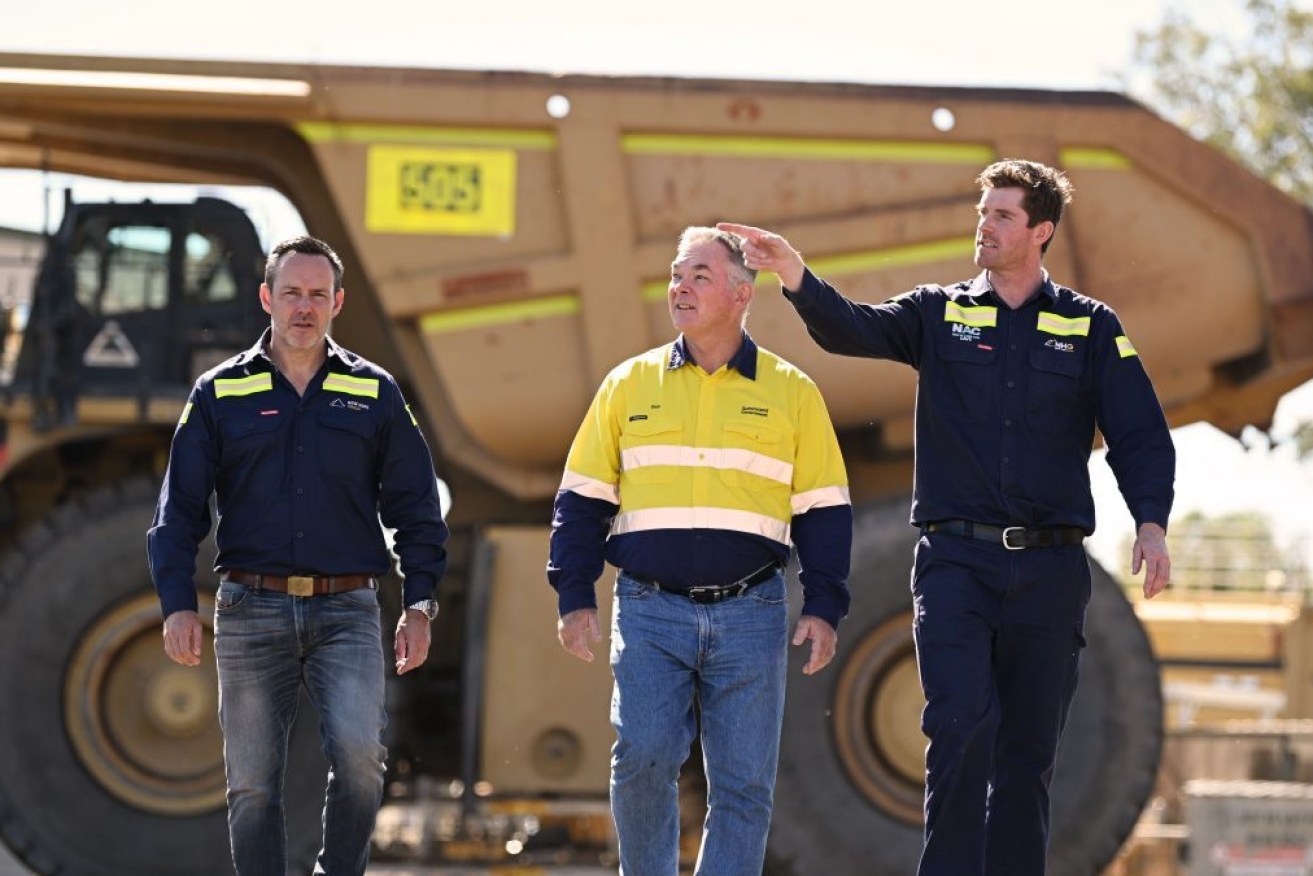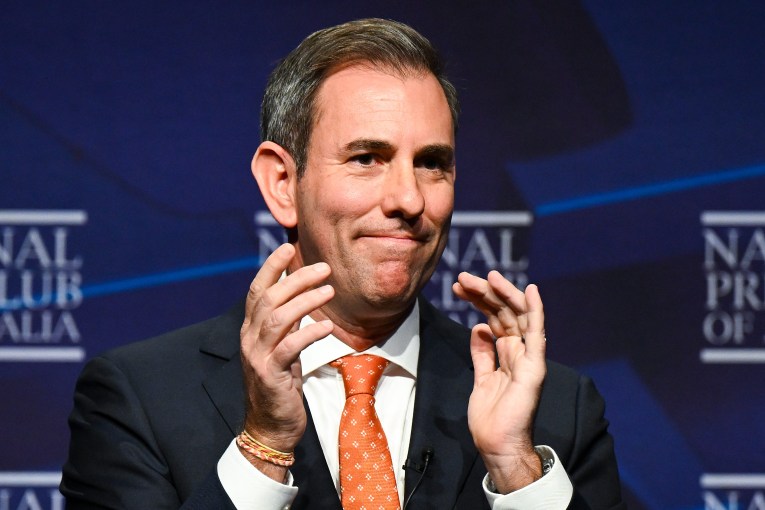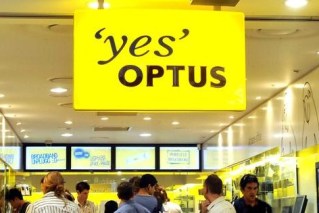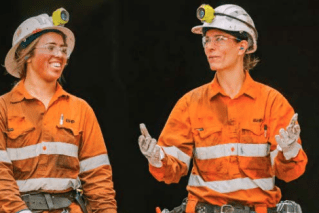Thanks a billion (or five): Coal export bonanza will deliver $13b to Queensland coffers
The State Government was likely to receive about $13 billion in coal royalties this year, about $5 billion more than anticipated, as prices continue to flow into the sector, according to the industry.


Queensland Resources Minister Scott Stewart (centre) and New Hope's Rob Bishop and Dave O'Dwyer at yesterday's Acland expansion opening (Pic New Hope)
It came as the Australia Institute, a left-wing think tank, claimed that subsidies for fossil fuel companies in upcoming State and Federal budgets would reach $57 billion over four years.
The Queensland Resources Council said the royalties, which were hiked by as much as 45 per cent by the State Government, threaten the viability of regional towns dependent on the sector.
While prices have maintained above-average levels for some time, volumes have been affected recently because of heavy rains in central Queensland which often stop mining operations or impact the rail line to the coastal ports.
However, mining companies have also been hauling in extraordinary profits which they maintain makes up for extended periods of low prices and the State Government said it was “satisfied with the impact” of its hike in royalties.
Initially, the Government said the higher royalties would bring in an extra $800 million, but that blew out when geopolitical upheaval, including the war in Ukraine, upended supply.
A Budget update in December revised the royalty take to more than $10 billion, but the QRC said that was now likely to be as high as $13 billion. About $5 billion was attributed to the higher royalties which kick in when prices hit $175 a tonne.
The hit to the coal sector led to harsh criticism from Japan, a major customer of Queensland’s coking coal. BHP also banned new investment at its joint venture mines, but other projects have moved ahead, including the opening of New Hope’s Acland expansion, the restart of the Burton mine and the continued development of the Olive Downs mine.
Stanmore Resources has also grown substantially with the buyout of some of BHP’s mines.
Treasurer Cameron Dick said the Government was satisfied with the impact and effect of coal royalties, with high prices delivering strong returns to both coal companies and the people of Queensland.
“The coal mining lobby’s $40 million campaign against fair royalties will not have any impact on the government’s position,” he said.
“Updated revenue forecasts will be provided through the normal budget process.”
QRC chief executive Ian Macfarlane said there would be fewer jobs and less investment in the future because of the royalty hike.
“Queensland royalty taxes are now the highest in the world, and our top rate is five times higher than in New South Wales,” he said.
“Alarm bells should be ringing for the State Government and for every Queenslander. No industry can withstand such a heavy-handed and sudden tax impost, not even an industry as resilient and significant to the Queensland economy as the coal sector, which represents about 60 per cent of our exports.
“The frustrating reality is that before the new tax tiers were introduced, coal companies would have still contributed a record $8.3 billion in royalties to the state budget this financial year because coal prices have been so strong.”
Owners of the Curragh mine Coronado recently reported that prices for high-quality coking coal were at extraordinarily high levels of $US349 a tonne in the March quarter. It expected them to be even higher in the June quarter.
In its claim about subsidies for fossil fuel companies, the Australia Institute found that the $57 billion over four years was about 14 times the amount invested in dealing with natural disasters.
“Exemptions from the contentious Petroleum Resource Rent Tax still benefit oil and gas companies by an estimated $165 million per year, which could be put to better uses,” the institute’s research director Rod Campbell said.
“Queensland taxpayers are bankrolling the Kogan North Gas Fields in the Darling Downs and giving $45m to the incident-prone Callide coal-fired power station and $21m to the Meandu coal mine that supplies generators.”












